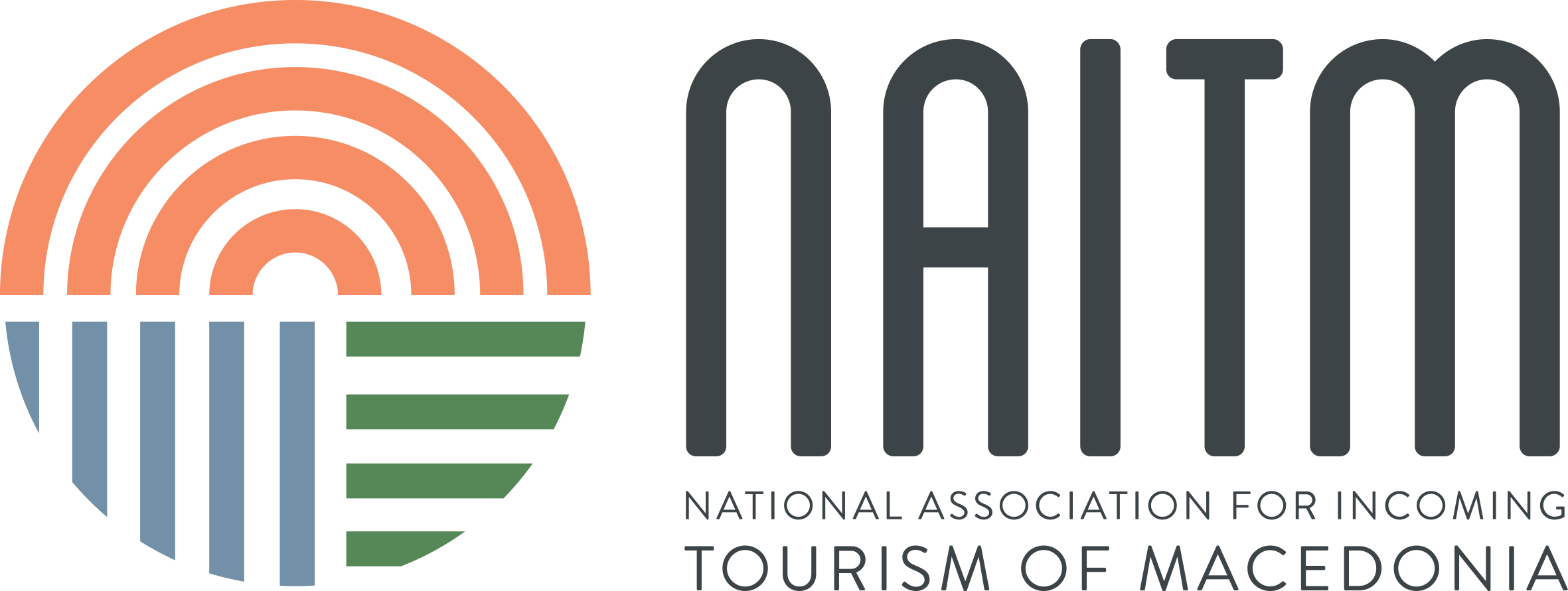History: until the early Middle Ages, Montenegrin history coincides with that of Serbia. In medieval times this region was called Doclea and evangelized by Benedictine monks and although it was under the administration of the Patriarch of Constantinopol, Catholicism was the main religion in the coastal cities. In 1166, Doclea was annexed to the Serbian kingdom (Raška) led by Stefan Nemanja. The Nemanjić dynasty always tried to convert the population to the Serbian Orthodox Church, but was never successful. With the end of the Serbian Empire, the region (known as the Principality of Zeta) fell under the control of the Albanian Balsic family until the death of Balsa III in 1421. The following years saw the rise to power of the Crnojevic family. In 1482, Ivan Crnojevic moved his court from Zabliak on Lake Scutari due to the Turkish invasion, to the slopes of Mount Lovcen where he founded the town of Cetinje. Historians consider this event as the end of the Principality of Zeta and the beginning of the history of Montenegro. During the Ottoman times, the Republic of Venice ruled the coastal region and the area between the Bay of Kotor and Budva, while the Turks controlled the hinterland. Relationships between the Turks and Montenegrins were good until the XVII century, when new taxes and limits on Christianity imposed by Constantinople aroused the reaction of the population. Cetinje was the center of the revolutionaries led by the Vladikas, also called the princes-bishops for their religious and political functions. Thanks to the numerous victories over the Turks, the Vladikas increased their political and spritual power quickly becaming the kings of the highlands near Cetinje. In 1697 Vladika Danilo I Petrovic established the hereditary theocracy during his dynasty; the title was transmitted from uncle to nephew due to the celibacy of the Vladikas. It was the birth of the first Montenegrin state. Among the Valdikas the most famous was Peter II Petrovic Njegos who reorganized the state administration and established the Senate. Composed of 16 members led by the Vladika, the Senate exercised power and judicial functions. After his death, the title passed to his nephew Danilo who became the first Prince of Montenegro. In 1858, Danilo obtained independence from the Turks and gained international recognition for the new state. In 1918, Montenegro was annexed to Serbia, which formed the kingdom of the Serbians, Croatians and Slovenes. Thanks to the support of the Yugoslav Federation, the postwar period was characterized by a great economic and social growth for the Socialist Republic of Montenegro. After the end of Tito’s rule and the short-lived Federation with Serbia (1992-2006), a referendum established independence of the country.



